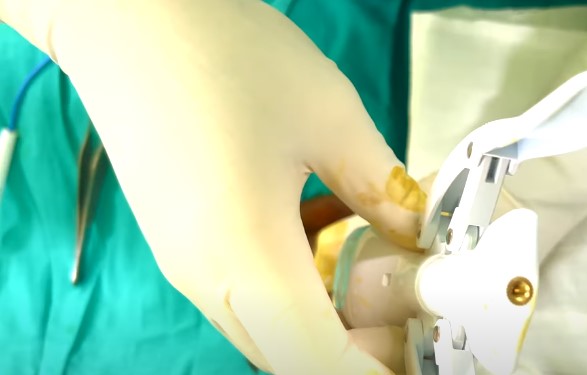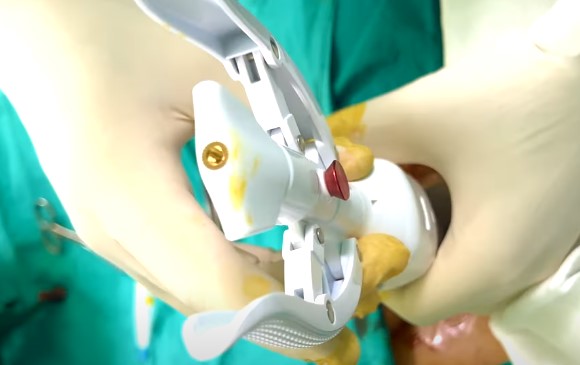Understanding the financial aspect of circumcision involves considering various factors. Beyond the medical benefits, costs include surgeon fees, anesthesia, facility charges, and potential additional expenses.
Exploring these elements provides a comprehensive view of what to anticipate in the decision-making process.
How Much Does It Cost to Get Circumcised?
Health insurance coverage affects circumcision expenses. Insured patients face copays, varying from $0 to $50, or coinsurance of 10% to 50%. Uninsured newborn circumcision ranges from $150 to $400 for the doctor, possibly more with facility charges.
For older individuals, costs rise to $800 to $3,000+. Financial considerations vary based on insurance and age factors.
What is Circumcision?
Circumcision is a surgical procedure that involves the removal of the foreskin, a fold of skin covering the tip of the penis. This practice is often performed for cultural, religious, or medical reasons.

Factors Affecting the Cost of Circumcision
The cost of undergoing a circumcision procedure can vary significantly based on several influencing factors. Understanding these factors is essential for individuals considering the procedure, as it can help them anticipate and plan for potential expenses.
Health Insurance Coverage
For patients with health insurance coverage, the out-of-pocket cost of circumcision is largely influenced by their insurance plan.
Copays, typically ranging from nothing to around $50, or coinsurance rates of 10% to 50%, can impact the financial burden on insured individuals. Coverage terms and in-network providers also play a role in determining the cost.
Patient’s Age
The age of the patient undergoing circumcision can greatly affect the cost. Newborn circumcision tends to be less expensive, usually ranging from $150 to $400 for the doctor’s fee.
However, for older children or adult males seeking circumcision, the cost can escalate significantly. The procedure for older individuals often involves more complex considerations, contributing to a higher price range of $800 to $3,000 or more.

Facility Charges
In some cases, additional facility fees might be associated with the circumcision procedure. These charges encompass the use of the surgical facility, equipment, and post-operative care.
Facility fees can vary widely, impacting the total cost of the procedure, especially for newborns.
Geographic Location
The cost of circumcision can also be influenced by the geographic location where the procedure is performed. Different regions and cities may have varying healthcare costs and living expenses, which can impact the overall cost of the procedure.
Surgeon’s Experience and Reputation
The experience and reputation of the surgeon performing the circumcision can influence the cost. Highly skilled and well-known surgeons may charge higher fees for their expertise, while less experienced practitioners might offer the procedure at a lower cost.
Consultation and Pre-Operative Evaluations
Some clinics require consultation and pre-operative evaluations before performing the circumcision. These consultations may incur additional fees that should be considered in the overall cost estimation.

What Are the Benefits of Circumcision?
Circumcision, a surgical procedure involving the removal of the foreskin from the penis, has been a subject of debate and discussion for various reasons.
Understanding the potential benefits of circumcision is essential for individuals and parents considering the procedure for themselves or their children.
Hygiene and Cleanliness
One of the primary benefits of circumcision is improved hygiene and cleanliness. Without the foreskin, there is less space for dirt, bacteria, and other debris to accumulate. This reduction in the risk of infections and bacterial growth can contribute to better genital hygiene.
Reduced Risk of Urinary Tract Infections (UTIs)
Studies suggest that circumcision can lead to a lower incidence of urinary tract infections in males, particularly during infancy. The removal of the foreskin reduces the potential areas where bacteria can gather, helping to decrease the likelihood of UTIs.
Lower Risk of Penile Cancer
Circumcision has been associated with a decreased risk of penile cancer. While penile cancer is relatively rare, the removal of the foreskin eliminates the tissue that is more susceptible to cancerous growth.

Prevention of Certain Sexually Transmitted Infections (STIs)
Research has shown that circumcision can offer some protection against certain sexually transmitted infections.
Circumcised individuals might have a lower risk of contracting infections such as HIV, herpes, and human papillomavirus (HPV) [1], although practicing safe sex remains crucial.
Easier Treatment of Phimosis and Balanitis
Circumcision can alleviate conditions like phimosis, where the foreskin is too tight to retract properly, and balanitis, which involves inflammation of the foreskin. These conditions can cause discomfort and potentially require medical intervention.
Social and Cultural Considerations

For some families and communities, circumcision holds cultural or religious significance. Undergoing the procedure can align with their beliefs and practices, fostering a sense of identity and belonging.
Conclusion
The cost of circumcision varies based on factors such as insurance coverage, age, facility charges, location, and surgeon’s experience. Being aware of these influences helps individuals approach the decision with a clear understanding of potential financial considerations.
Consulting medical professionals and considering personal circumstances are essential in making an informed choice.

